 Have you ever had a certain amount for groceries in your budget and at the end of the month realized you went over your budgeted amount? Maybe it wasn’t groceries for you. Maybe it was something else. Wouldn’t it be nice if there was an easy method to track your spending that did not require a nightly ritual of imputing numbers on a spreadsheet? That is what one of our Facebook fans inquired about recently.
Have you ever had a certain amount for groceries in your budget and at the end of the month realized you went over your budgeted amount? Maybe it wasn’t groceries for you. Maybe it was something else. Wouldn’t it be nice if there was an easy method to track your spending that did not require a nightly ritual of imputing numbers on a spreadsheet? That is what one of our Facebook fans inquired about recently.
There are three different expense categories when it comes to your budget. Those categories are fixed, variable and non-monthly.
Fixed Expenses: These are monthly expenses that do not change and are the same every month. Typically this would include expenses like rent, mortgage, etc.
Variable Expenses: These are monthly expenses that vary from month to month. Variable expenses typically are groceries, gas, utilities, etc.
Non-Monthly Expenses: These expenses happen every year, but not every month. Budget items that fall into this category are things like clothing, insurance premiums, tags for your car, gifts, etc.
Most people would agree that the variable and non-monthly expenses are what get them into trouble with their budgets. The best way to keep track of your spending is using a cash envelope system. Once you have determined how much you want to spend in a certain category, simply take out the cash and put this in an envelope. You will not need to use envelopes for every expense in your budget. However using an envelope for most of your budget items in the variable and non-monthly expense categories will not only help track your expenses but also hold you accountable to your budget.
Example:
Let’s say you have $600 per month allocated for groceries. You get paid on the 1st and the 15th so each pay check you put $300 in your grocery envelope. If you go grocery shopping once per week, that gives you $150 per week to spend on groceries. What will happen is this. The first week you attempt to implement this, you will watch carefully what you are purchasing at the grocery store and not spend more than $150. Then the following week the day you are supposed to go grocery shopping, you have “one of those days.” It has been a long and frustrating day, and the last thing you want to do is go grocery shopping. By the time you get there, you really do not care. You just want to get some food and go home. When you get to the checkout line and the cashier starts to ring up your groceries you start to panic as you watch the bill get higher and higher. Finally the cashier tells you that your total comes to $203.47.
Now you have a problem. You only have $150 in your food envelope. Now before you think that this proves using cash does not work, let me ask you. What would you have done before? Would you have just put it on your debit or credit card, robbing you of the extra money that you could use to put in savings or use to get out of debt with?
The correct way to handle this situation is to tell the cashier that I really do not need this, this or this. After they take off the items you selected the total now comes to $149.55. You still may have had a bad day; however you just prevented yourself from overspending and being frustrated later when you cannot figure out where all of your money went.
Next week’s blog will focus on the myths of using cash. If you are struggling with doing a budget or would like to learn how to budget but do not where to start, find out more by signing up for a FREE 30 minute consultation.
